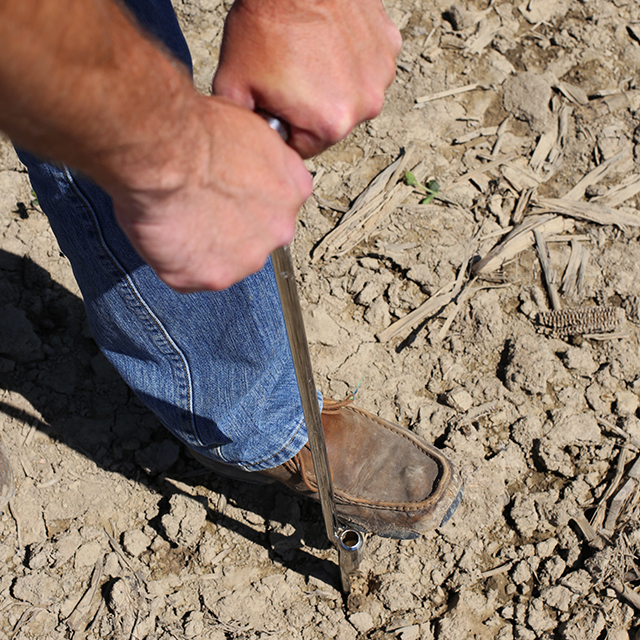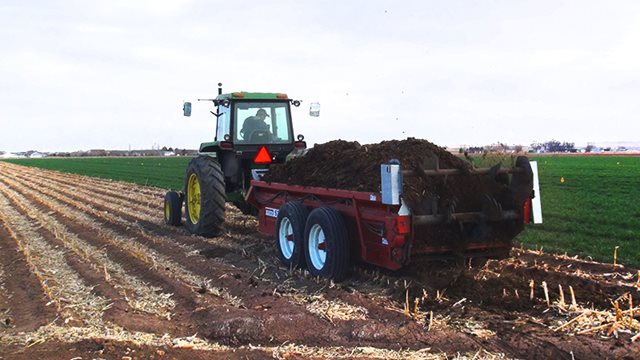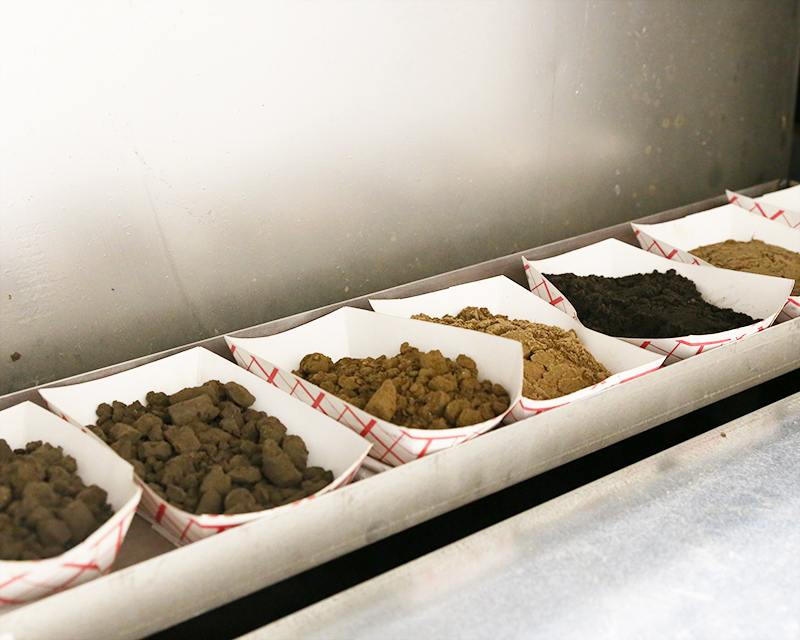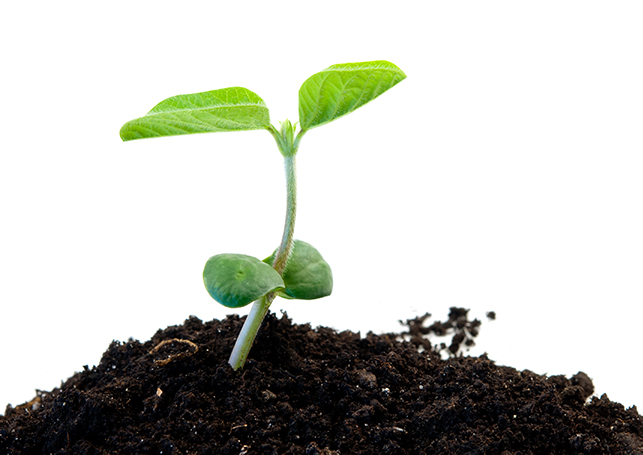
The Value of a Soil Test
Many times, when we discuss the cost of grid soil sampling farmers get hung up on the cost per acre instead of the value of the test itself. The value is never realized because the cost is the only item of focus.
To show the value I must describe the why of grid soil sampling through a story. Consider a teacher, after several weeks of teaching a whole host of subject matter wants to evaluate how her students are learning. She could give a single student a test on math, with another student getting tested on science, while a third gets a test on social studies. The teacher will get results, but only from specific students, what if the test each student gets is their weakest subject, or their strongest, and it represents the knowledge of the entire class?
The Value of a Soil Sample
Sunrise Precision Solutions team member, Craig Houin, discusses the value of a Soil Sample in this short video.

Managing the Application of Manure
With proper management, livestock manure can be a valuable resource for crop nutrients, while also protecting our environment at the same time.
Step 1: Use soil test and cropping information to determine nutrients needed.
Manure should not be applied at rates exceeding nitrogen requirements. Where practical, manure should be applied based upon phosphorus needs. In general, for soils testing 150-300 lb/Acre P, add no more than crop removal, and for soils testing > 300 lb/Acre P, do not apply manure.

Soil Testing
Sound nutrient management is built upon a strong soil testing program. Soil testing is a multistep process that includes the collection of representative samples from each field or zone; proper analysis of samples to determine soil pH and the levels of available nutrients; and the use of results to determine nutrient status, and optimum rates of applied lime, fertilizer, or manure.
SureTech Laboratory Tour
Take a tour of SureTech Laboratory and see how your soil samples are processed in this short video.

Timing is Everything: A Comprehensive Approach to Crop Nutrition
Grid soil sampling has served as the standard for assessing soil fertility for the last several years. It has allowed growers to invest fertilizer dollars more effectively in comparison to dated alternatives such as composite sampling. Grid soil sampling serves as an excellent base for looking at pH, phosphorus, and in some cases potassium levels. pH and P1 (plant available) phosphorus levels are the two most accurate soil tests conducted.